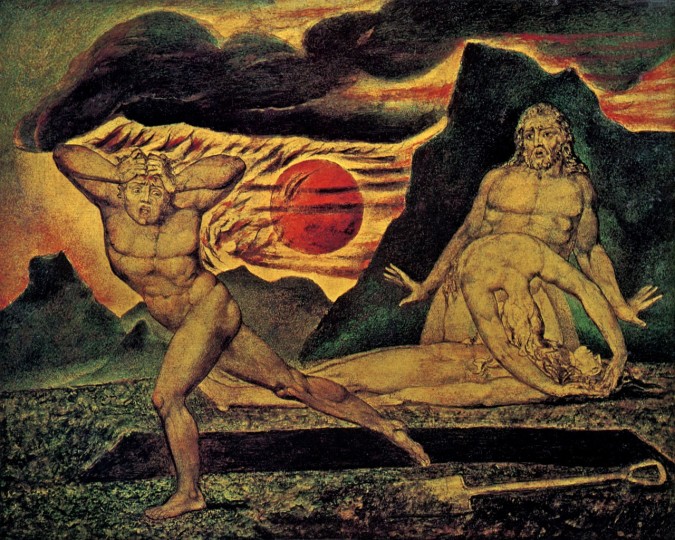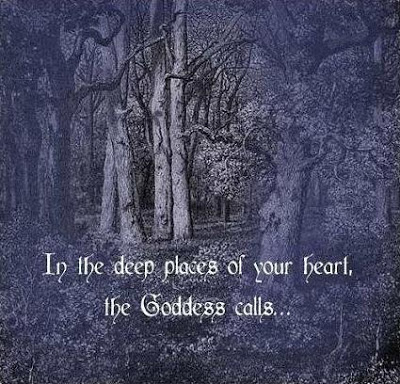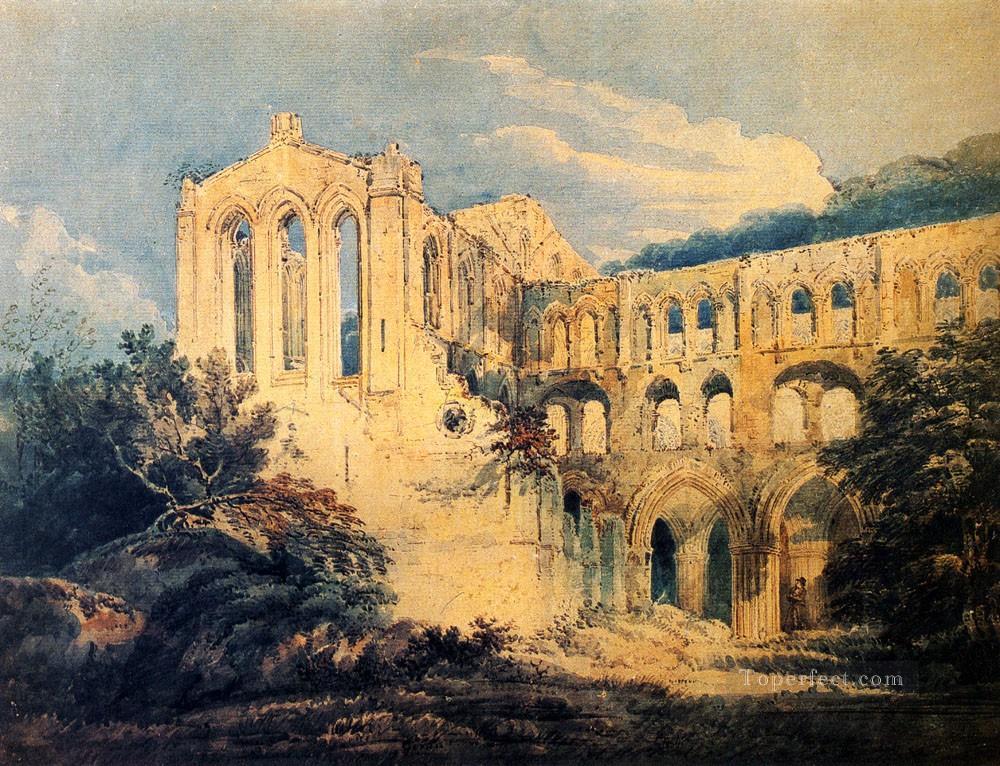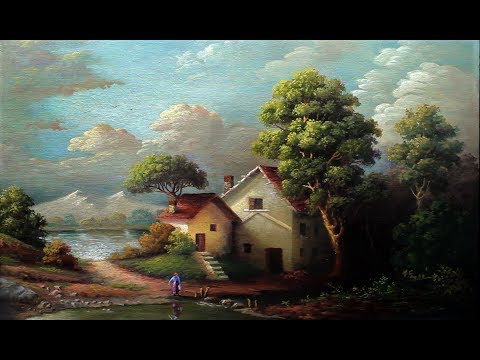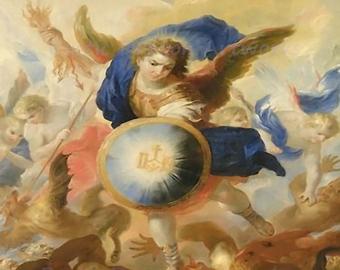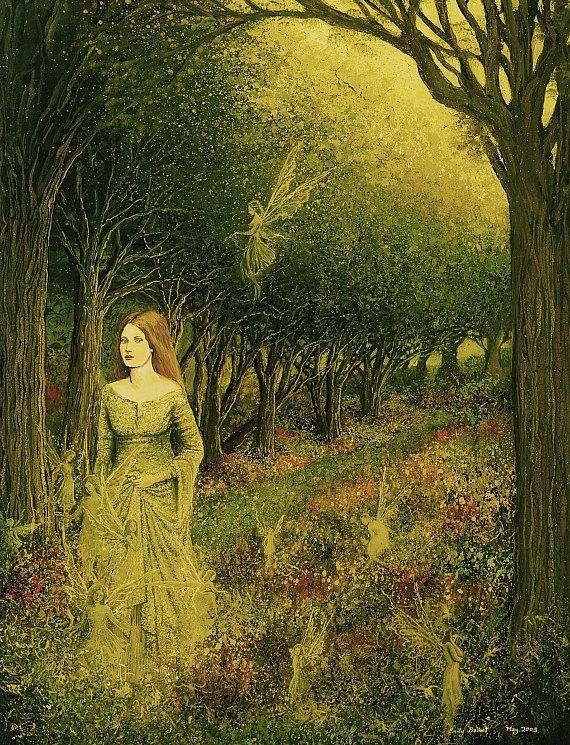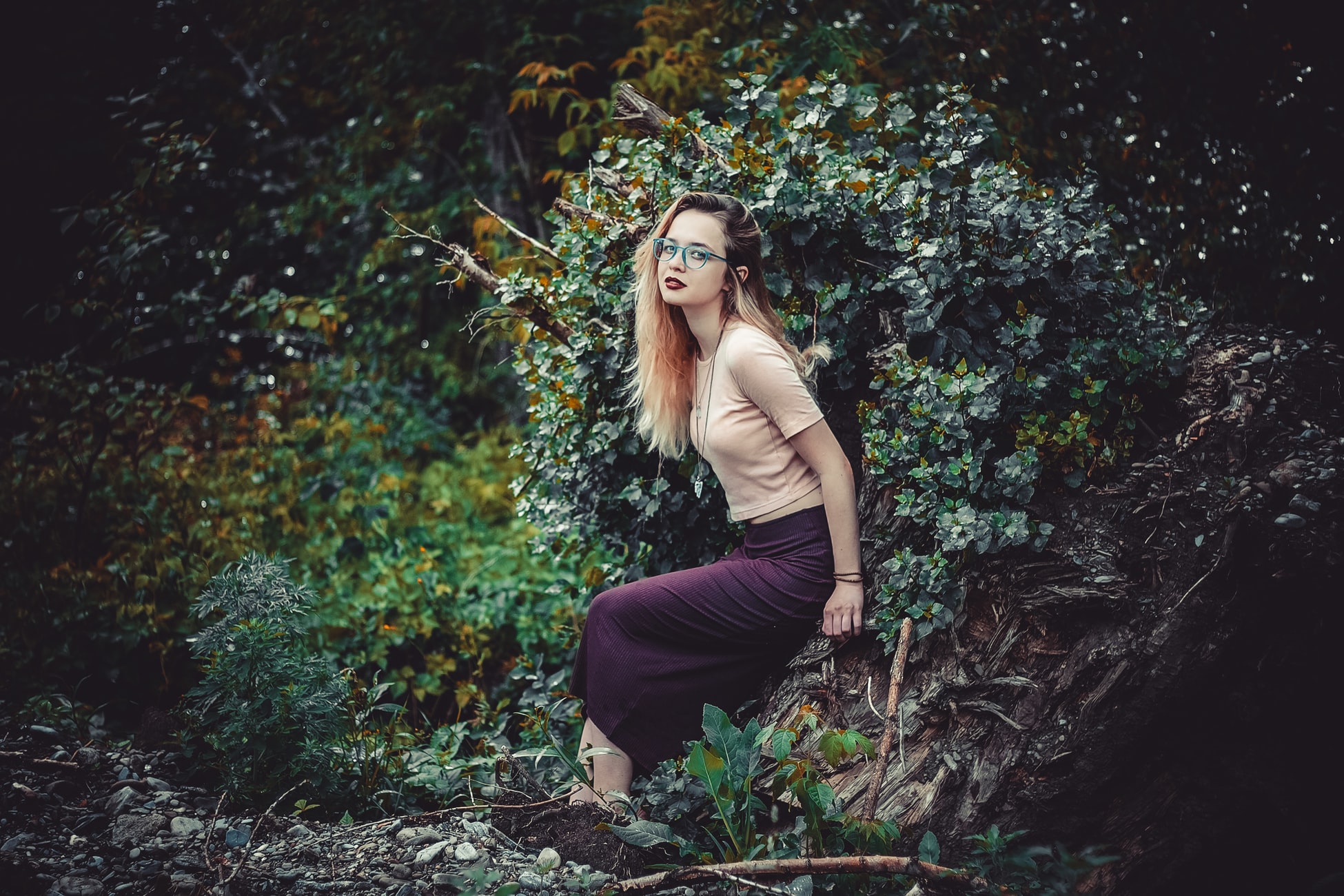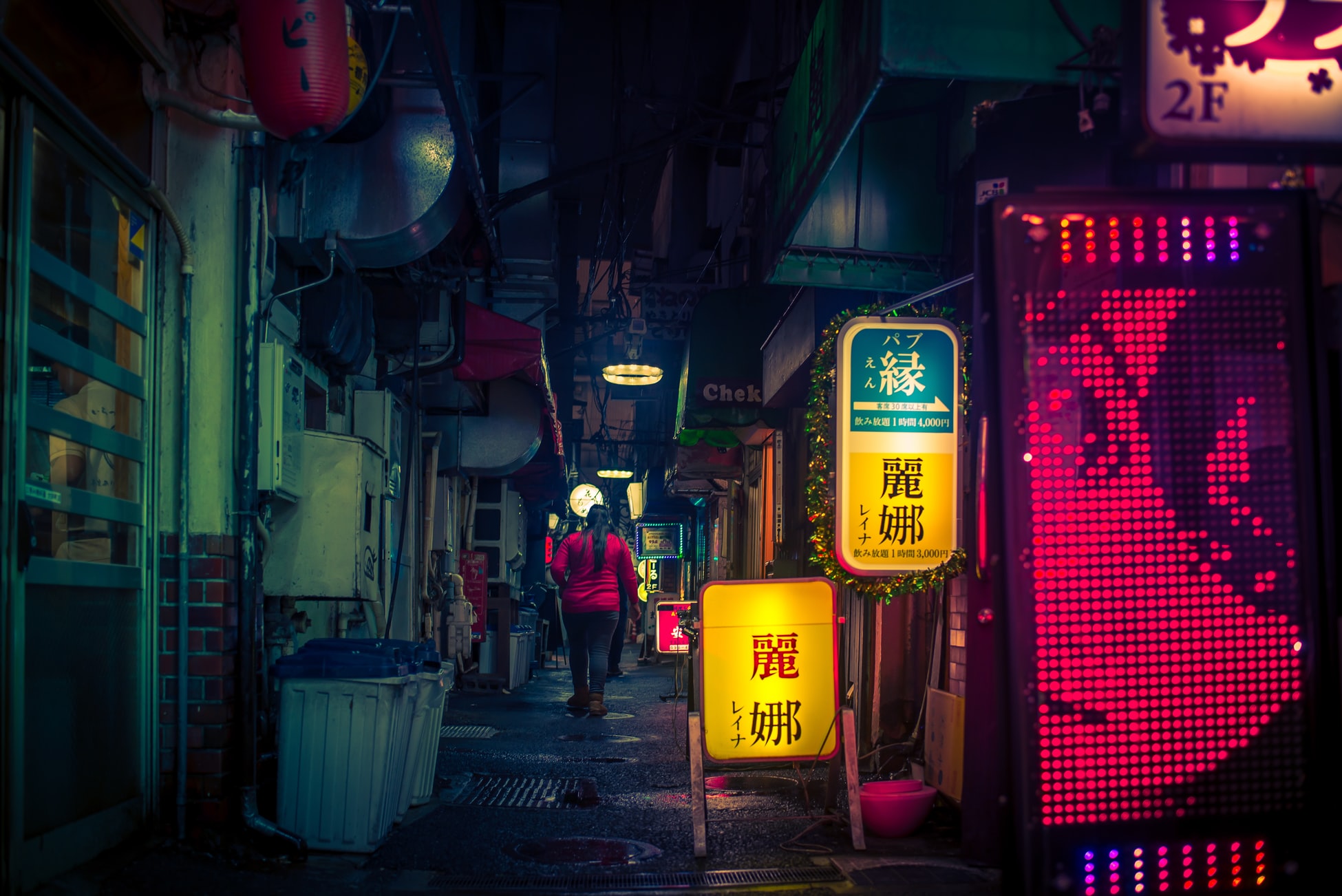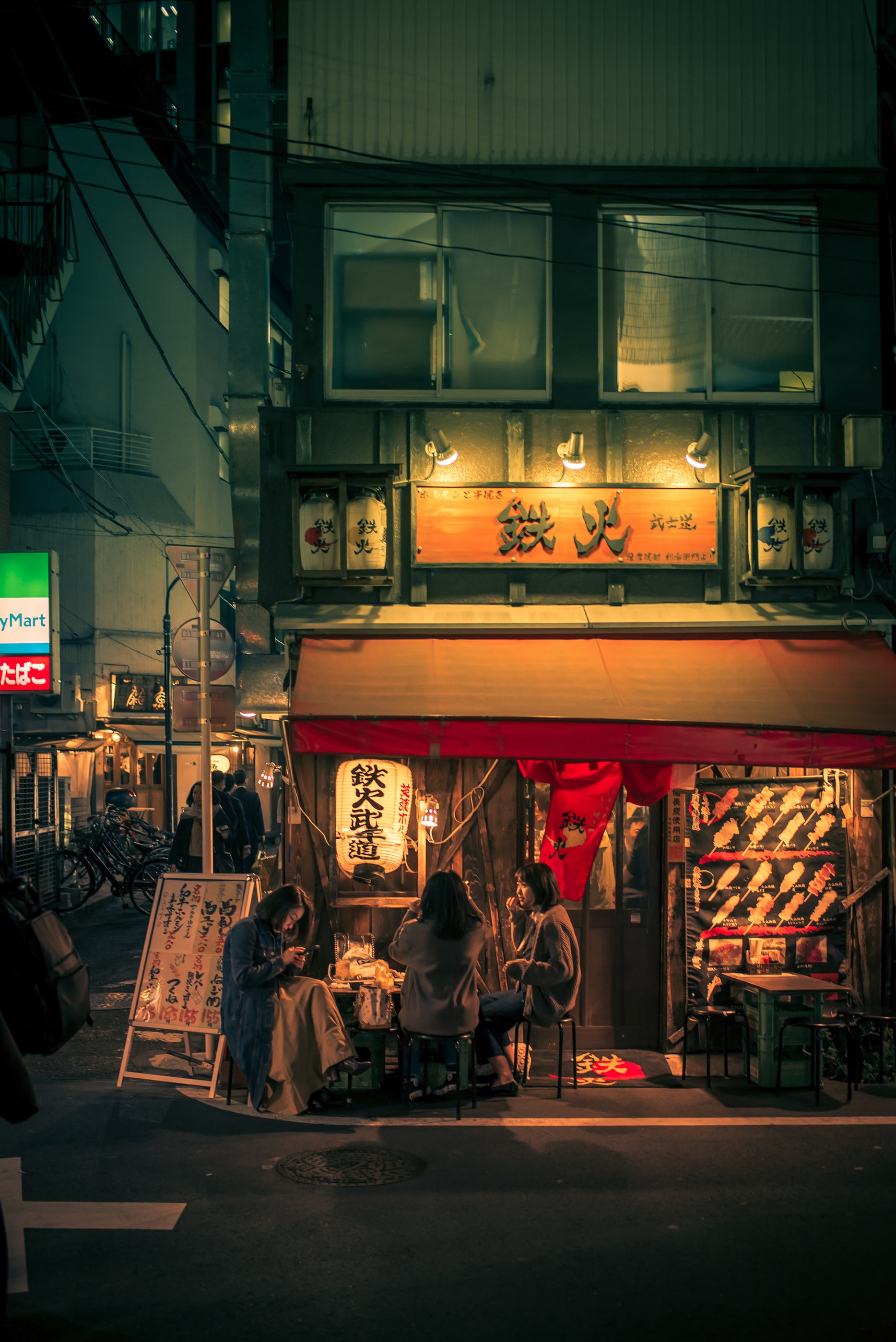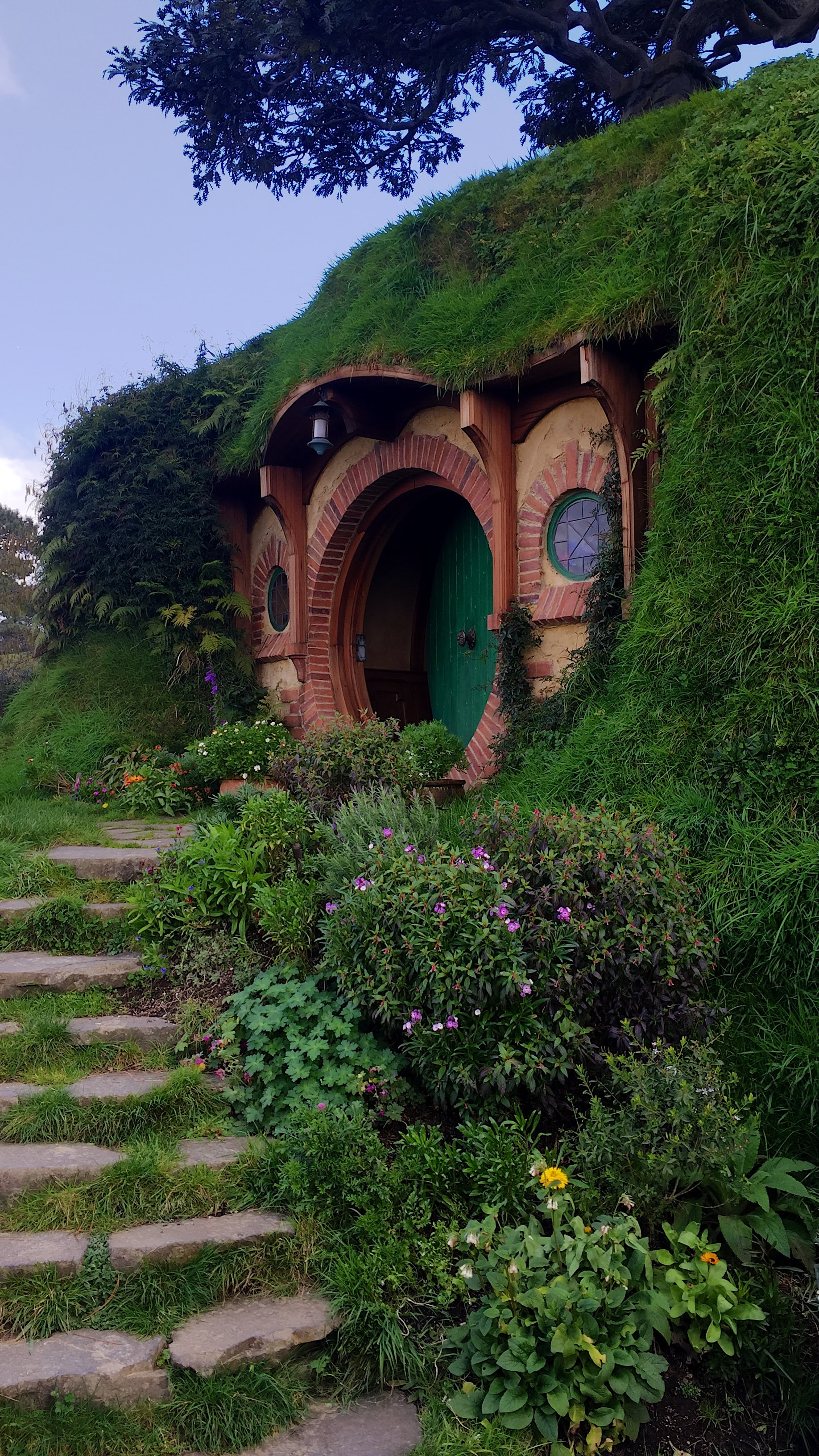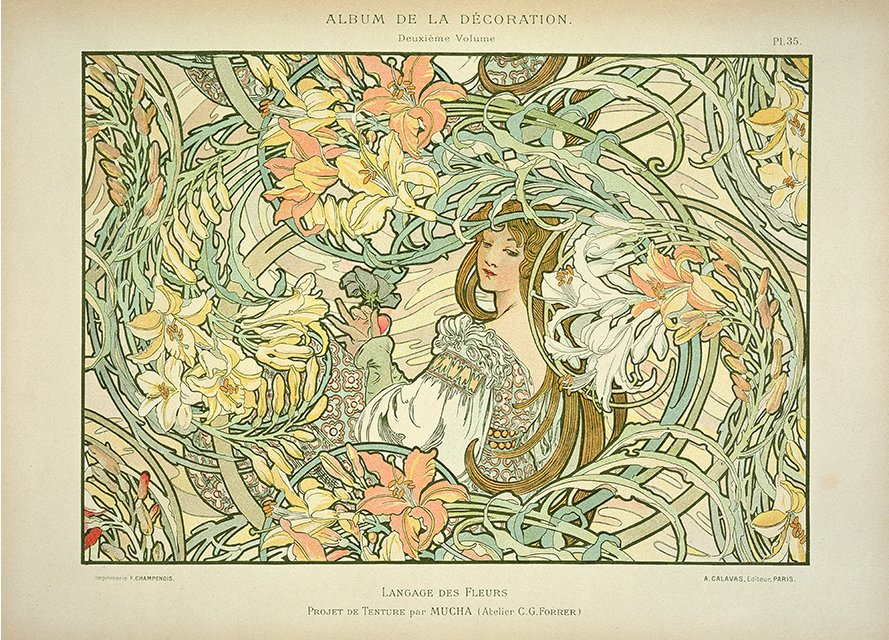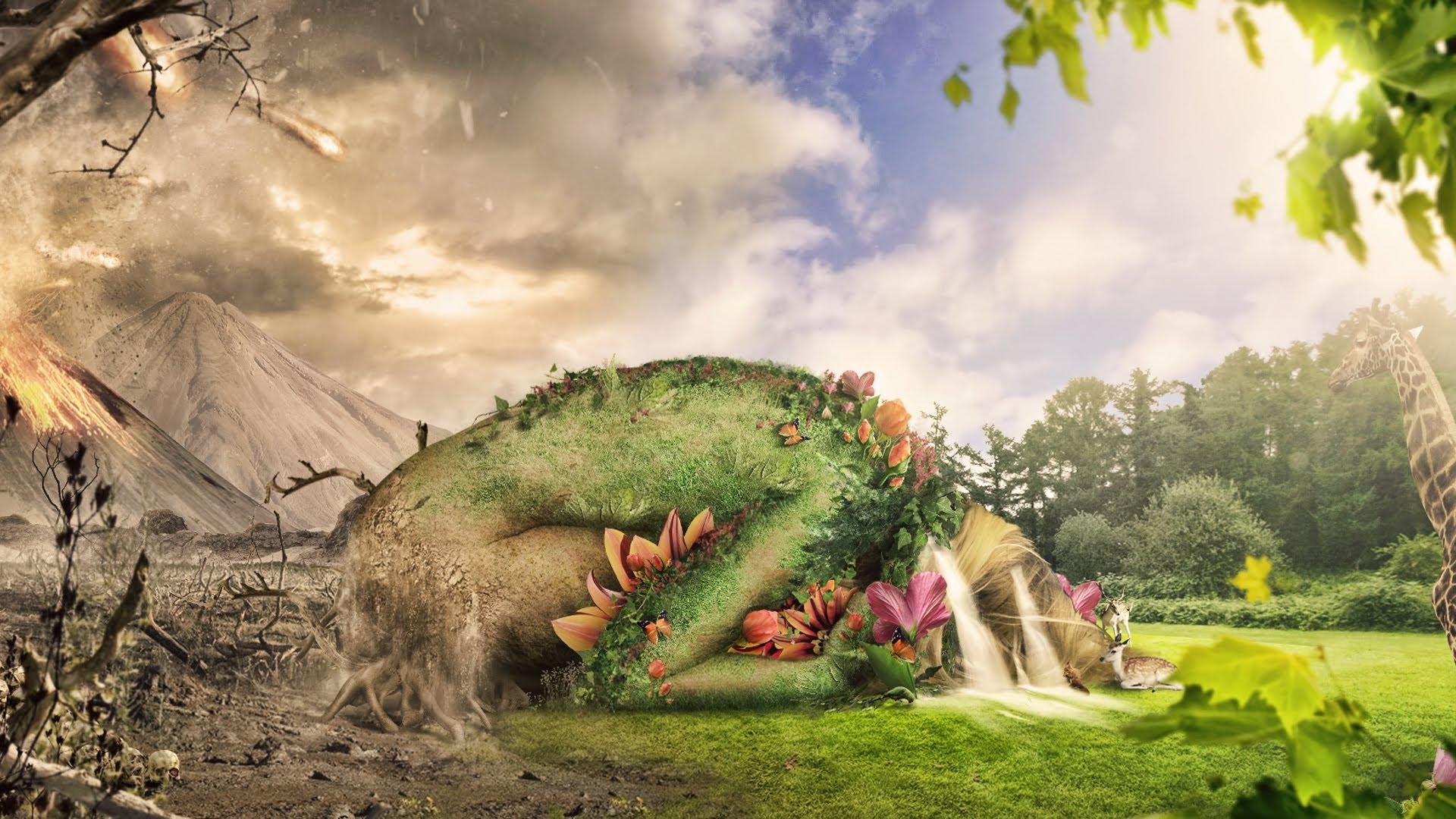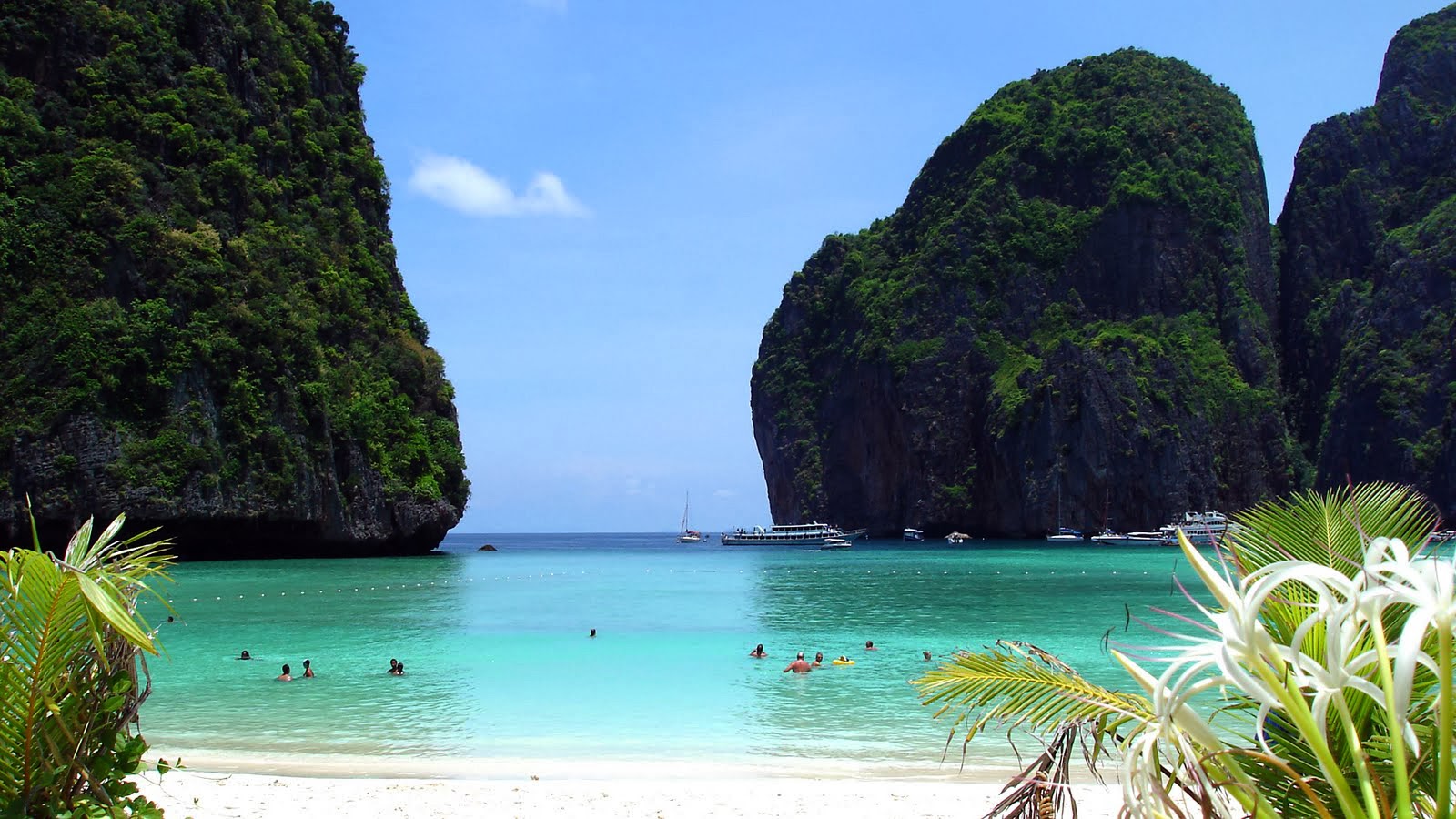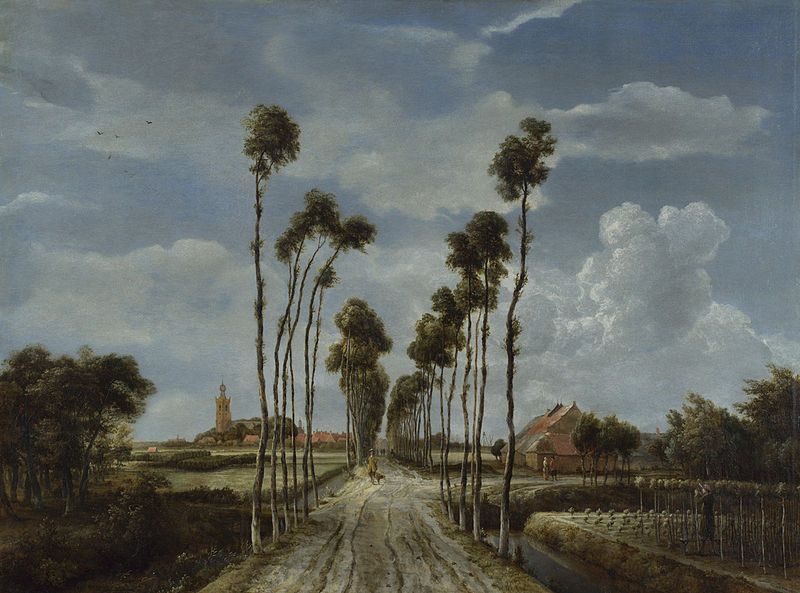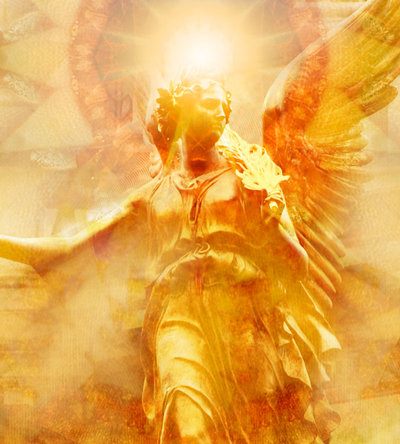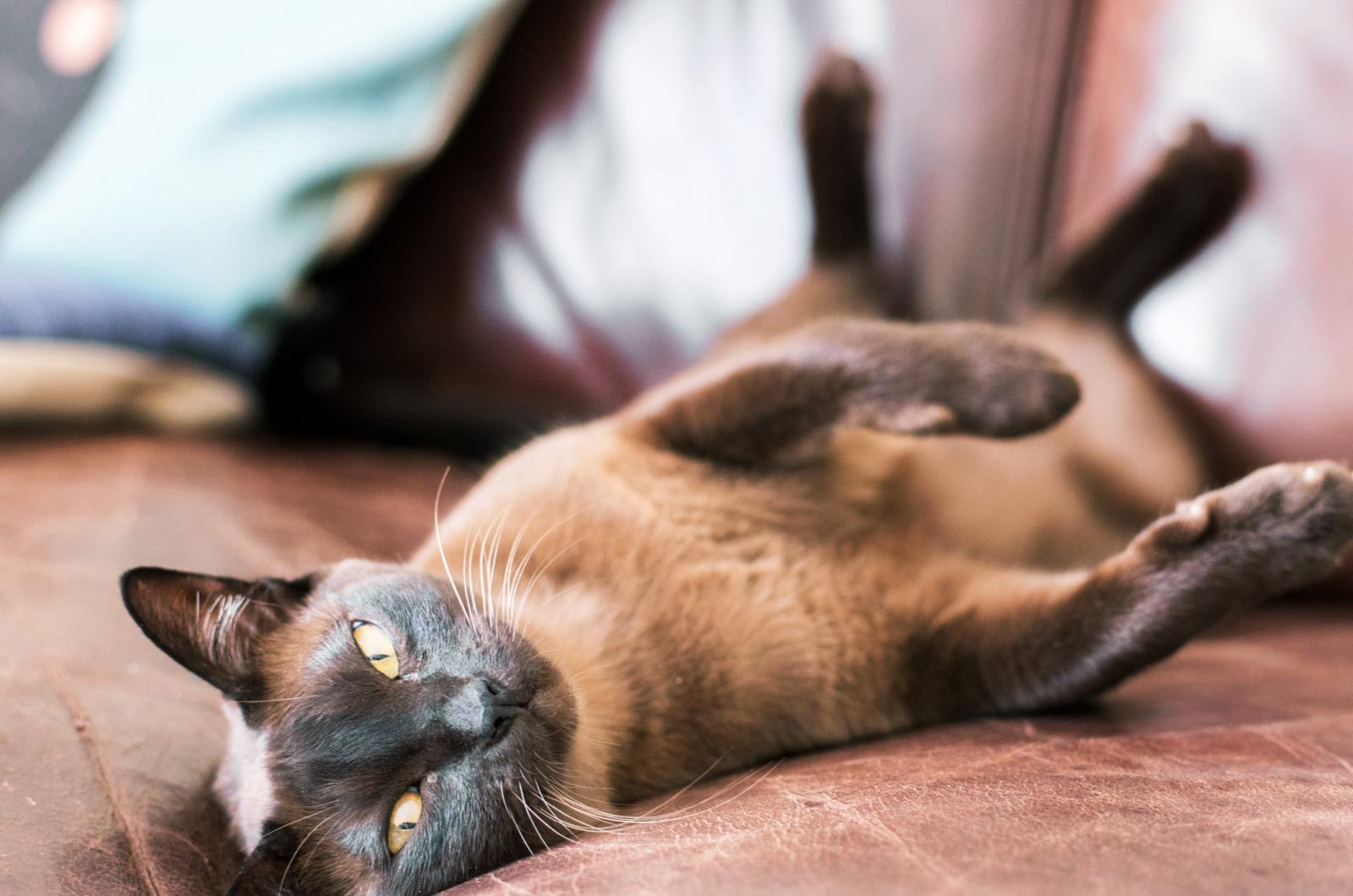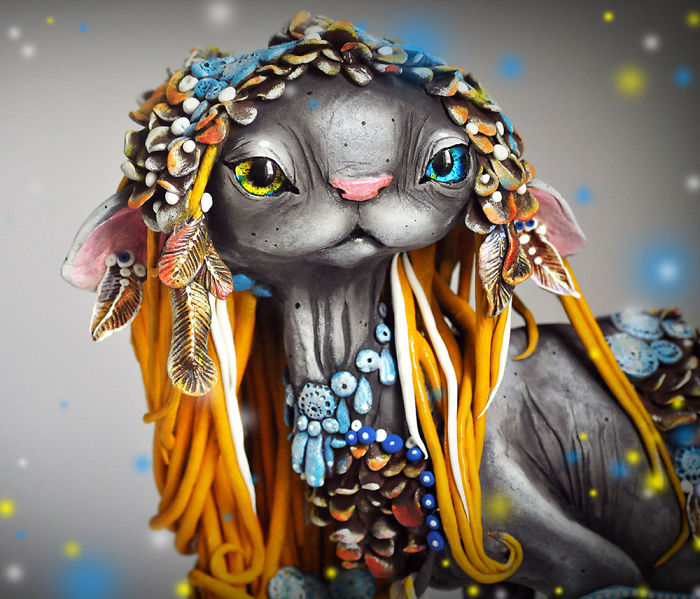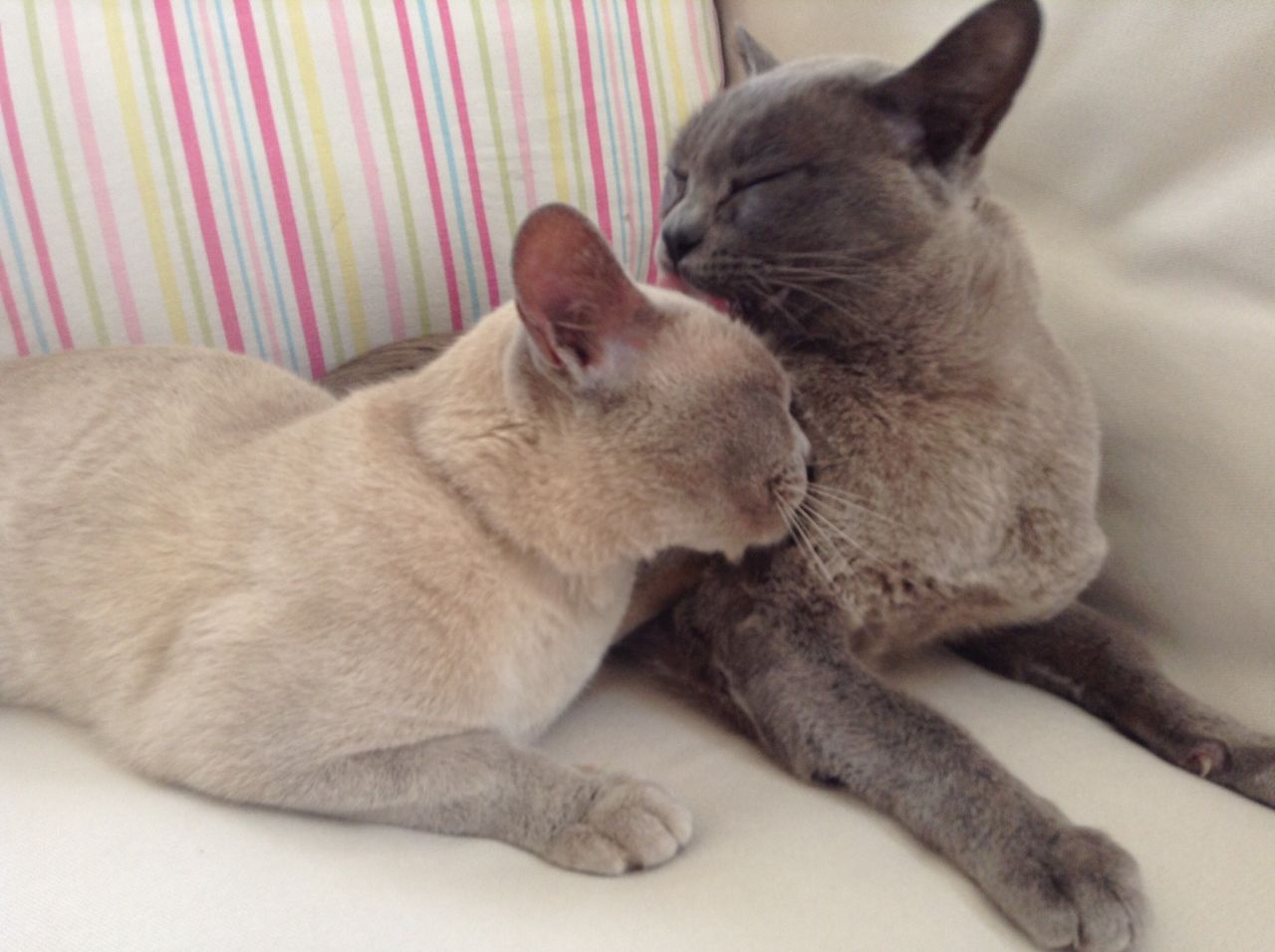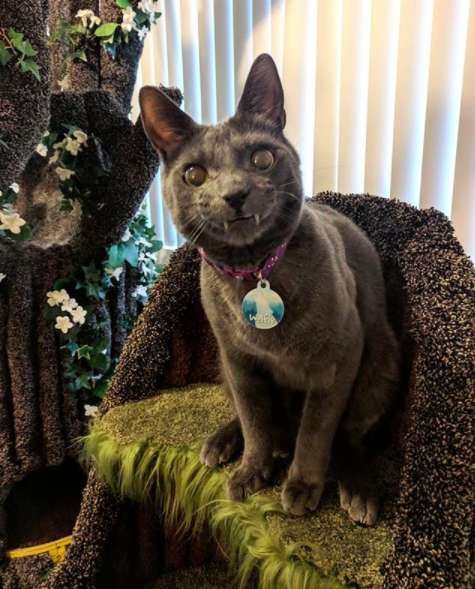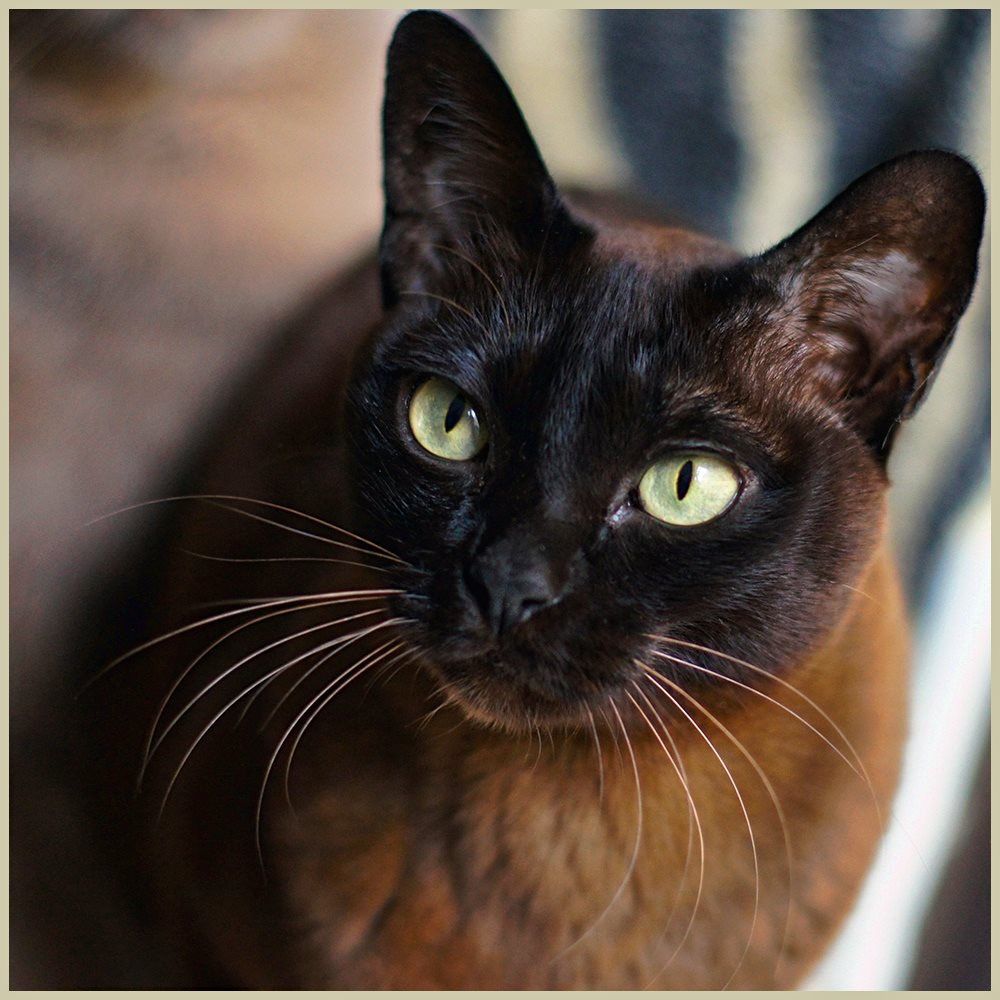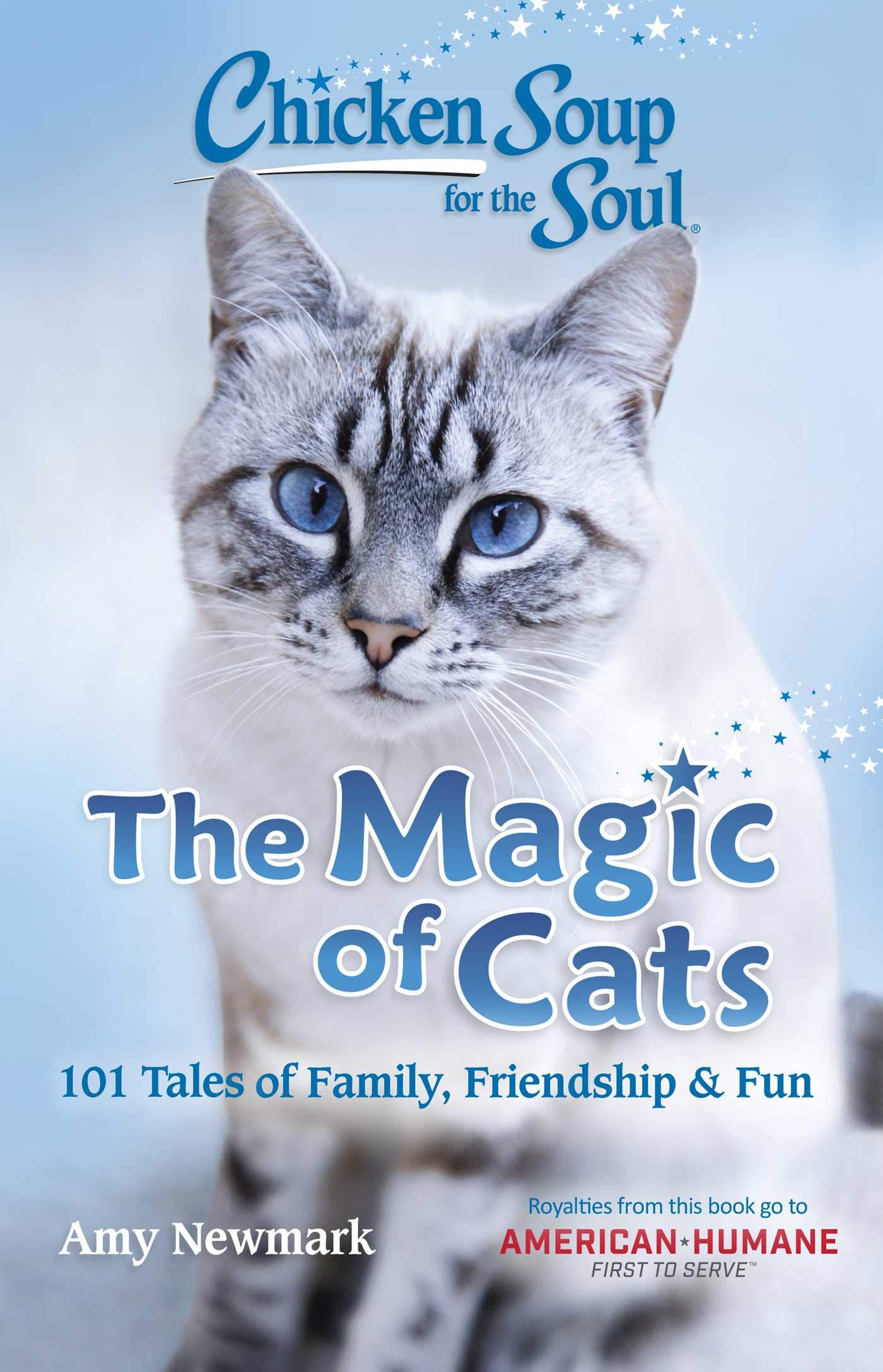An Article on Untouchables
India’s “Untouchables” Face Violence, Discrimination
from Rasa Von Werder: There is a parallel between the ‘Untouchables’ of India & the various versions of the poor in the Western World. It is Patriarchy that creates the ‘lower classes,’ the downtrodden, poorest of the poor, those who take the most menial & dirty jobs, those who walk the streets selling adult therapy, – the people who are looked down upon, hated, sneered at, laughed at & USED by those of a ‘higher standing.’
To put a person in a position like that means exactly what I said – that they can be USED. Used for what? Whatever the privileged desire. Sometimes scapegoats, sometimes cheap labor, sometimes therapy, always cheaper than they can get elsewhere.
The Patriarchy wants subjects for EXPLOITATION.

In Matriarchy there was no such class. The poorest lived similar to the Leaders or Queens. It was a social order of LOVE. When women rule the family & the world, people are equal, everyone deserves the same chance. It’s not a dog-eat dog or rat race world, it’s a world of Mothers & children, all people, animals & nature are the children of woman, women see themselves as stewards, not as slave masters. Women do not in general look for others to enslave, use up, exploit, they are not in COMPETITION but in COOPERATION with others. Women never created violence & wars {except in cases of Patriarchy where they had to defend themselves.}
Please understand the untouchables to be a PATRIARCHAL PHENOMENA manifested in all cultures by men to use up & exploit other creatures………{end Rasa comment}
More than 160 million people in India are considered “Untouchable”—people tainted by their birth into a caste system that deems them impure, less than human.
BY HILLARY MAYELL - PUBLISHED JUNE 2, 2003
More than 160 million people in India are considered “Untouchable”—people tainted by their birth into a caste system that deems them impure, less than human.
Human rights abuses against these people, known as Dalits, are legion. A random sampling of headlines in mainstream Indian newspapers tells their story: “Dalit boy beaten to death for plucking flowers”; “Dalit tortured by cops for three days”; “Dalit ‘witch’ paraded naked in Bihar”; “Dalit killed in lock-up at Kurnool”; “7 Dalits burnt alive in caste clash”; “5 Dalits lynched in Haryana”; “Dalit woman gang-raped, paraded naked”; “Police egged on mob to lynch Dalits”.
“Dalits are not allowed to drink from the same wells, attend the same temples, wear shoes in the presence of an upper caste, or drink from the same cups in tea stalls,” said Smita Narula, a senior researcher with Human Rights Watch, and author of Broken People: Caste Violence Against India’s “Untouchables.” Human Rights Watch is a worldwide activist organization based in New York.
India’s Untouchables are relegated to the lowest jobs, and live in constant fear of being publicly humiliated, paraded naked, beaten, and raped with impunity by upper-caste Hindus seeking to keep them in their place. Merely walking through an upper-caste neighborhood is a life-threatening offense.
Nearly 90 percent of all the poor Indians and 95 percent of all the illiterate Indians are Dalits, according to figures presented at the International Dalit Conference that took place May 16 to 18 in Vancouver, Canada.
Crime Against Dalits
Statistics compiled by India’s National Crime Records Bureau indicate that in the year 2000, the last year for which figures are available, 25,455 crimes were committed against Dalits. Every hour two Dalits are assaulted; every day three Dalit women are raped, two Dalits are murdered, and two Dalit homes are torched.
No one believes these numbers are anywhere close to the reality of crimes committed against Dalits. Because the police, village councils, and government officials often support the caste system, which is based on the religious teachings of Hinduism, many crimes go unreported due to fear of reprisal, intimidation by police, inability to pay bribes demanded by police, or simply the knowledge that the police will do nothing.
“There have been large-scale abuses by the police, acting in collusion with upper castes, including raids, beatings in custody, failure to charge offenders or investigate reported crimes,” said Narula.
That same year, 68,160 complaints were filed against the police for activities ranging from murder, torture, and collusion in acts of atrocity, to refusal to file a complaint. Sixty two percent of the cases were dismissed as unsubstantiated; 26 police officers were convicted in court.
Despite the fact that untouchability was officially banned when India adopted its constitution in 1950, discrimination against Dalits remained so pervasive that in 1989 the government passed legislation known as The Prevention of Atrocities Act. The act specifically made it illegal to parade people naked through the streets, force them to eat feces, take away their land, foul their water, interfere with their right to vote, and burn down their homes.
Since then, the violence has escalated, largely as a result of the emergence of a grassroots human rights movement among Dalits to demand their rights and resist the dictates of untouchability, said Narula.
Lack of Enforcement, Not Laws
Enforcement of laws designed to protect Dalits is lax if not non-existent in many regions of India. The practice of untouchability is strongest in rural areas, where 80 percent of the country’s population resides. There, the underlying religious principles of Hinduism dominate.
Hindus believe a person is born into one of four castes based on karma and “purity”—how he or she lived their past lives. Those born as Brahmans are priests and teachers; Kshatriyas are rulers and soldiers; Vaisyas are merchants and traders; and Sudras are laborers. Within the four castes, there are thousands of sub-castes, defined by profession, region, dialect, and other factors.
Untouchables are literally outcastes; a fifth group that is so unworthy it doesn’t fall within the caste system.
Although based on religious principles practiced for some 1,500 years, the system persists today for economic as much as religious reasons.
Because they are considered impure from birth, Untouchables perform jobs that are traditionally considered “unclean” or exceedingly menial, and for very little pay. One million Dalits work as manual scavengers, cleaning latrines and sewers by hand and clearing away dead animals. Millions more are agricultural workers trapped in an inescapable cycle of extreme poverty, illiteracy, and oppression.
Although illegal, 40 million people in India, most of them Dalits, are bonded workers, many working to pay off debts that were incurred generations ago, according to a report by Human Rights Watch published in 1999. These people, 15 million of whom are children, work under slave-like conditions hauling rocks, or working in fields or factories for less than U.S. $1 day.
Crimes Against Women
Dalit women are particularly hard hit. They are frequently raped or beaten as a means of reprisal against male relatives who are thought to have committed some act worthy of upper-caste vengeance. They are also subject to arrest if they have male relatives hiding from the authorities.
A case reported in 1999 illustrates the toxic mix of gender and caste.
A 42-year-old Dalit woman was gang-raped and then burnt alive after she, her husband, and two sons had been held in captivity and tortured for eight days. Her crime? Another son had eloped with the daughter of the higher-caste family doing the torturing. The local police knew the Dalit family was being held, but did nothing because of the higher-caste family’s local influence.
There is very little recourse available to victims.
A report released by Amnesty International in 2001 found an “extremely high” number of sexual assaults on Dalit women, frequently perpetrated by landlords, upper-caste villagers, and police officers. The study estimates that only about 5 percent of attacks are registered, and that police officers dismissed at least 30 percent of rape complaints as false.
The study also found that the police routinely demand bribes, intimidate witnesses, cover up evidence, and beat up the women’s husbands. Little or nothing is done to prevent attacks on rape victims by gangs of upper-caste villagers seeking to prevent a case from being pursued. Sometimes the policemen even join in, the study suggests. Rape victims have also been murdered. Such crimes often go unpunished.
Thousands of pre-teen Dalit girls are forced into prostitution under cover of a religious practice known as devadasis, which means “female servant of god.” The girls are dedicated or “married” to a deity or a temple. Once dedicated, they are unable to marry, forced to have sex with upper-caste community members, and eventually sold to an urban brothel.
Resistance and Progress
